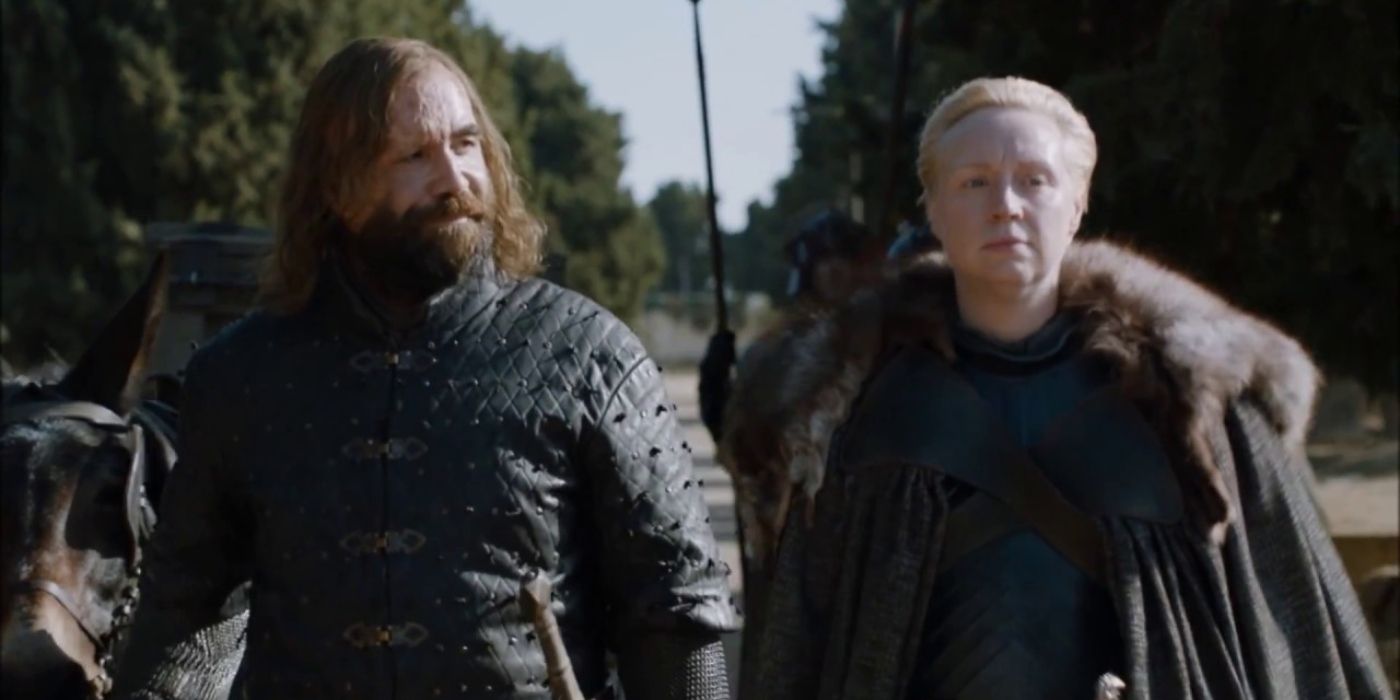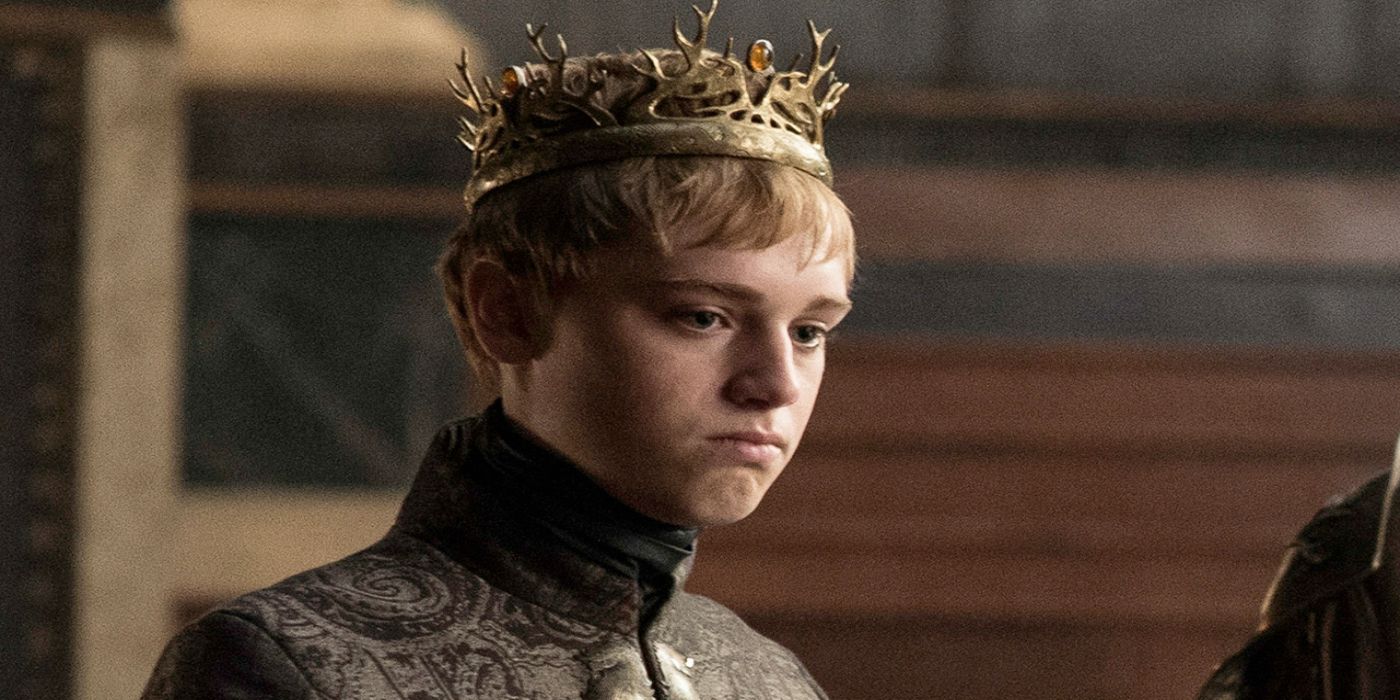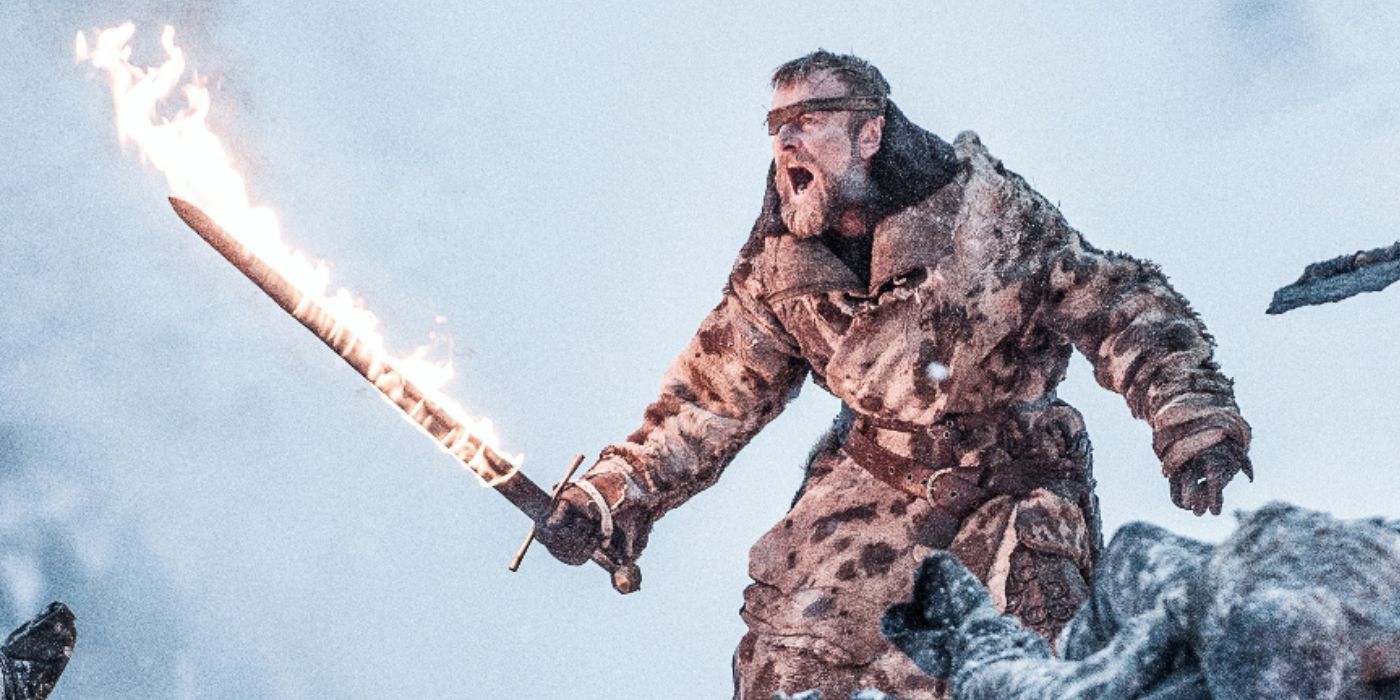Like many intellectual properties that came before it, Game of Thrones has a fanbase that is perhaps more vocally critical than it is loyal. But it’s not without reason. Viewers were generally unsatisfied with the later seasons and the finale episode of the original show. They complained about time jumps and changes made to the source material in the prequel series, House of the Dragon. They waited patiently for another promising spin-off, A Knight of the Seven Kingdoms, only to have it delayed until 2026. And all of that is to say nothing of the canceled projects or of author George R. R. Martin’s yet-to-be-completed The Winds of Winter.
It’s tough to be a Thrones fan. Maybe it’s because of fans’ love-hate relationship with the world of Westeros that they aren’t as keen to revisit it as, say, Middle Earth. But it is worth revisiting, and a rewatch may even change the way one thinks about the show, perhaps for the better. Many things that Thrones fans accept as fact are, in fact, misconceptions. These elements stood out and became water-cooler topics at the time, but hindsight (and binge mode) tells a different story.
Oberyn Martell Is Barely In It, But Ramsay Bolton Is a Major Character
Pedro Pascal was the breakout star of Game of Thrones… even though he’s only in it for roughly 30 minutes. Prior to being cast as Oberyn Martell, Pascal had been busying himself with guest spots on shows like N.Y.P.D. Blue. His portrayal of the pansexual Prince of Dorne was so indelible, that for all the memorable roles he’s filled since (Din Djarin on The Mandalorian, Joel Miller in The Last of Us, Reed Richards in The Fantastic Four: First Steps), the image of Pascal that first comes to mind for anyone who’s seen Game of Thrones is likely him in that mustard yellow robe. The performance may have made an outsized impact, but as written, he doesn’t have much of an effect on the plot. Oberyn Martell is little more than a cool cameo character who gets a dramatic death. He doesn’t show up until Season 4 and is off the board by Episode 8.
Conversely, as much as people like to think about Pedro Pascal as Oberyn Martell, they don’t like to think about Ramsay Bolton at all, and Iwan Rheon (the actor who plays him) isn’t a household name who’s headlining half a dozen movies over the next year or so. When tasked with embodying such a detestable villain, that’s probably a sign of a job well done on Rheon’s part. Viewers first had the misfortune of meeting Ramsay in Season 3. The sadistic bastard of Roose Bolton stuck around, wreaking havoc, until Season 6. In the aftermath of the Red Wedding, Ramsay is arguably the Starks’ and their allies’ main antagonist for years. It’s not fun to watch, but (besides killing the little-seen Rickon) he shapes the arcs of Theon, Yara, Sansa, Littlefinger, John, and the northern army. Half of the characters are who and where they need to be because they crossed paths with Ramsay.
The Hound Has a Better Redemption Arc Than Jaime Lannister
Jaime Lannister began his tenure on Game of Thrones as an incestuous would-be child murderer and nearly ended it as a proto-feminist love interest of a fan-favorite character, fighting on the right side. Thrones viewers might mistakenly believe that Jaime spends more time as a hero than a villain over the course of eight seasons, but that’s probably because — even when he’s muddied and bloodied — Nikolaj Coster-Waldau is pretty darn debonair. While Jaime’s just not quite as awful as the average Lannister, he still strangles his cousin late in Season 2 and forces himself upon his sister at their son’s funeral in Season 4. His only real redeeming quality is his respect for Brienne, but his actual redemption arc, in which he abandons Cersei to help defend Winterfell against the Army of the Dead, lasts only a few episodes in Season 8 and ends with Brienne in tears.
Sandor Clegane, on the other hand, starts out just as vile when he executes the butcher’s boy on Joffrey’s behalf, but begins to redeem himself as early as Season 2, when he prevents a mob from harming Sansa. He remains hardened and filthy-mouthed, and so committed to survival and revenge that he’ll do terrible things when he must. But it also becomes clear there’s a caring heart and a moral code underneath all that scar tissue. He has genuine affection for Sansa and Arya, and though he can’t overcome his own demons and chooses to fight his brother to the death, it’s his final kind words (however gruffly delivered) that compel Arya to return home.
Tommen Reigned the Longest
Part of the point of watching Game of Thrones was to see who ended up occupying that impractically pointy chair. While Robert and Joffrey Baratheon and Cersei Lannister are, no doubt, more fleshed-out characters, they all spend less time on the Throne than poor Tommen, at least in terms of the audience’s experience.
Robert lasts seven episodes until Cersei, Lancel, Littlefinger, and Lysa Arryn conspire for him to die on a boar hunting trip. Joffrey is crowned upon his death and manages to hold onto the Throne for 25 more episodes before Lady Oleanna has him poisoned to spare Margaery his cruelty. Tommen may have been so timid and feckless as to allow the High Sparrow to essentially usurp his power, but he reigned, if only in name, for 28 episodes. After he chucked himself off of a balcony upon realizing his mother had his wife and half of King’s Landing blown up, Cersei assumes the Throne and holds it for 13 episodes. Her rule comes to an end when Daenerys hears the bells and lays waste to the city. Ironically, Dany never actually sits on the Iron Throne, nor does Bran, as Drogon destroys it in a literal and metaphorical blaze of dragonfire.
The Show Didn’t Get Markedly Worse; It Just Stopped Caring About Time and Distance
As previously mentioned, the legacy of Game of Thrones is tarnished by the impression that the quality dropped off in the last two or three seasons. That fans weren’t exactly thrilled by the finale also didn’t help, but Thrones is hardly the only show that faced that problem. It’s difficult to wrap things up in a way that satisfies a majority of the audience, especially with a property as sprawling as Game of Thrones. During a binge, those later seasons and that last episode mostly hold up, and even deserve some credit for doing things well. They contain some stand-out battles. The depiction of women is decidedly less gratuitous. And most of the character arcs resolve in a way that feels earned.
What Seasons 7 and 8 do poorly is incorporate a sense of time and place into the plotting. This is frustrating because that’s when so many of the point-of-view characters we’ve been following finally come together. Early on, traveling parties and armies take whole seasons to get from point A to point B. By the end, they jump from castle to far-flung castle within single episodes. The worst example of this is when Jon and company, north of the wall, are surrounded by Wights. Gendry sprints to send a raven to Daenerys, who shows up with her dragons almost immediately thereafter. Never mind that the Wall is about 3,000 miles from Dragonstone, and ravens can only reasonably cover so much ground in a day. Showrunners David Benioff and D. B. Weiss wanted fewer episodes for Seasons 7 and 8, which surely influenced the narrative shortcuts. The speed to the end, and not necessarily the character or story beats themselves, is Thrones’ real weakness.
Source link




















Add Comment